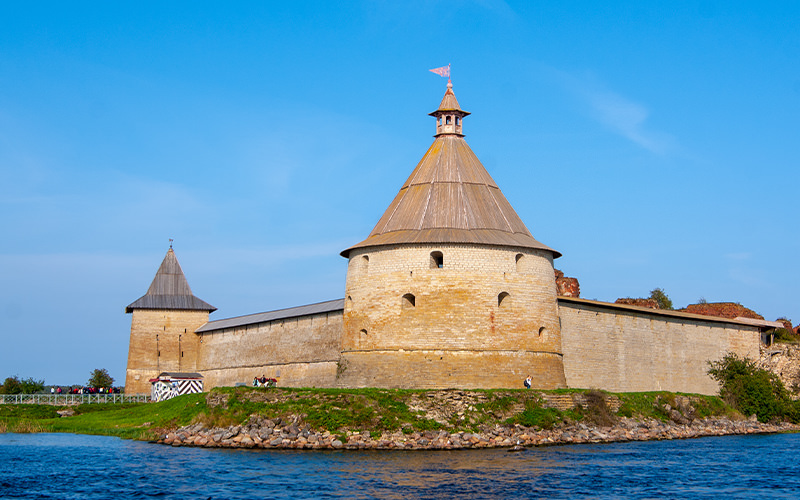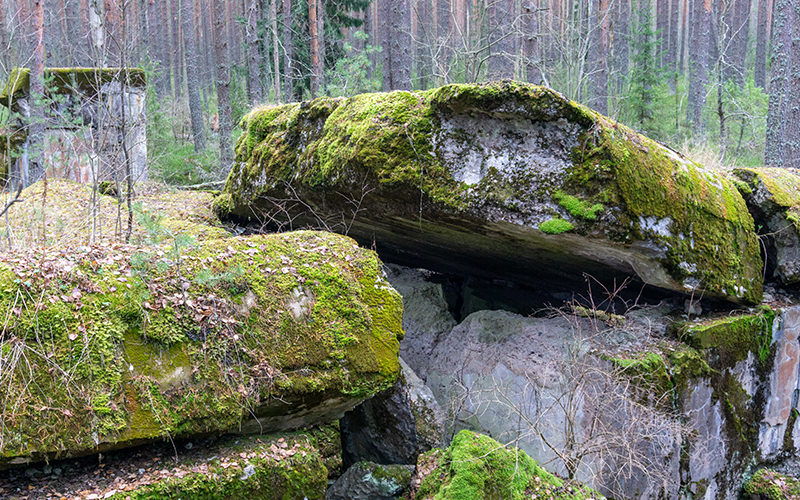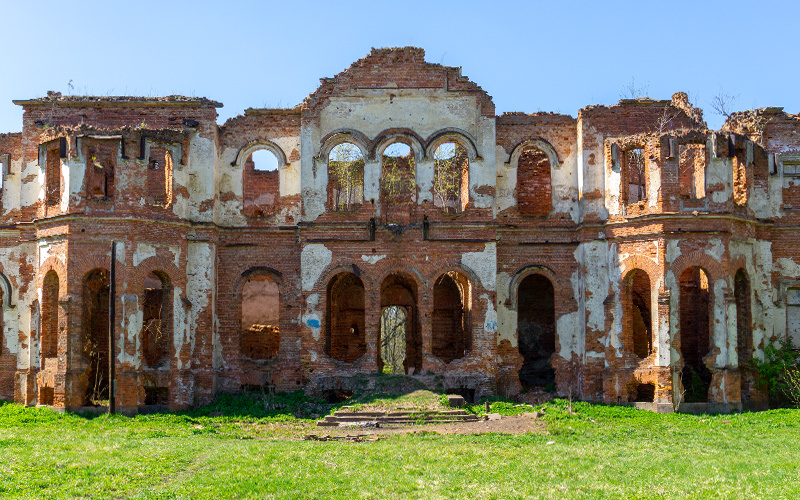One of the most well-known chapters in the history of Russian palace coups of the 18th century is the ascension of Empress Catherine II to the throne. The Ropsha Palace, where Peter III, the deposed emperor, spent his final days, is not often mentioned in stories about these events. Unlike many of St. Petersburg's residences, the palace complex in Ropsha is now in a ruined state. However, I invite you to take a look at what remains of this historical building.
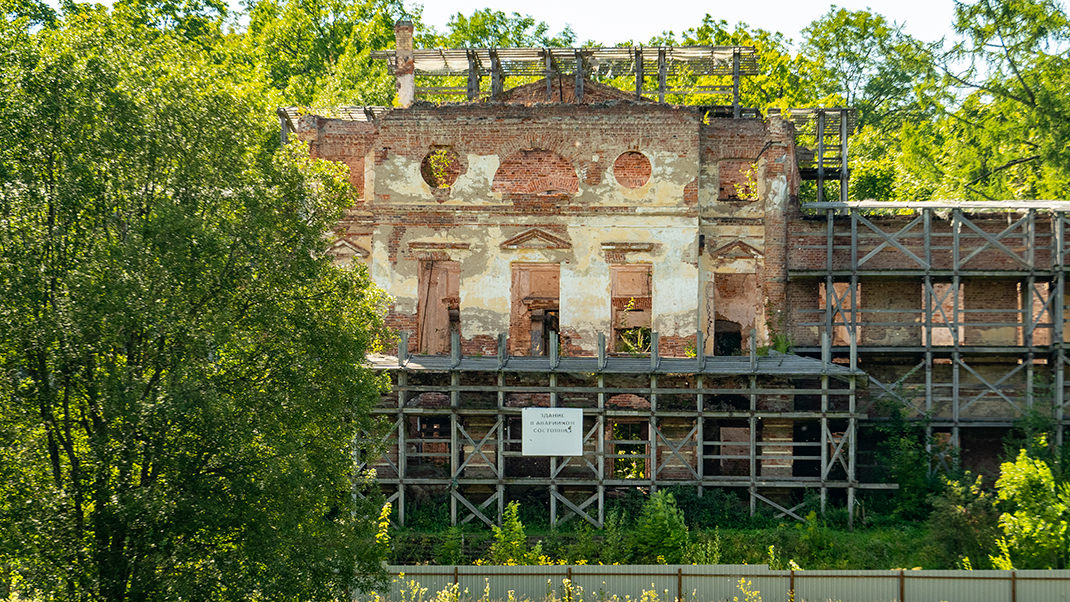
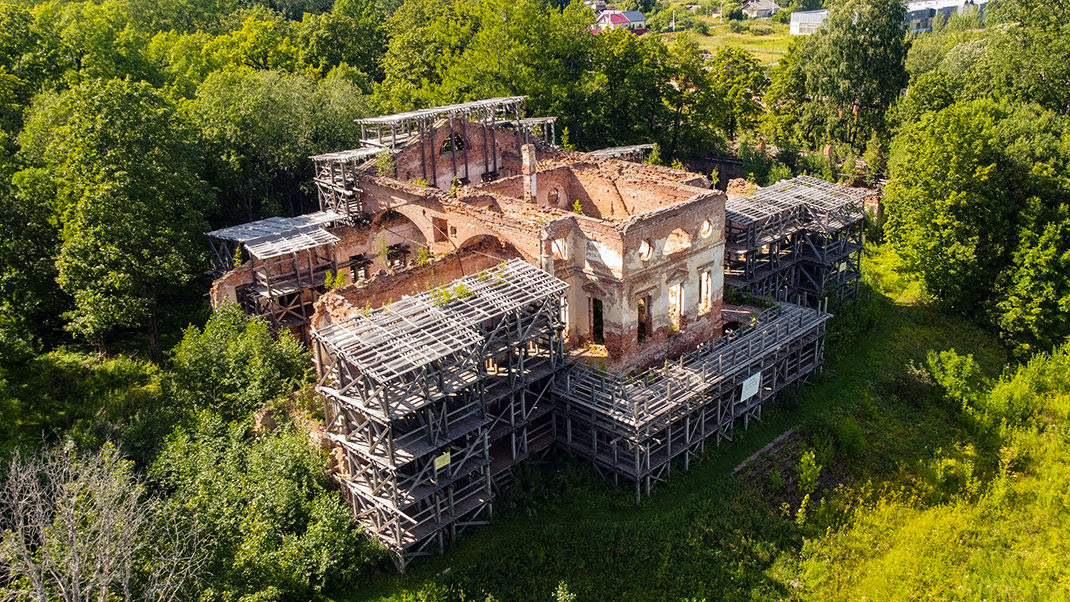
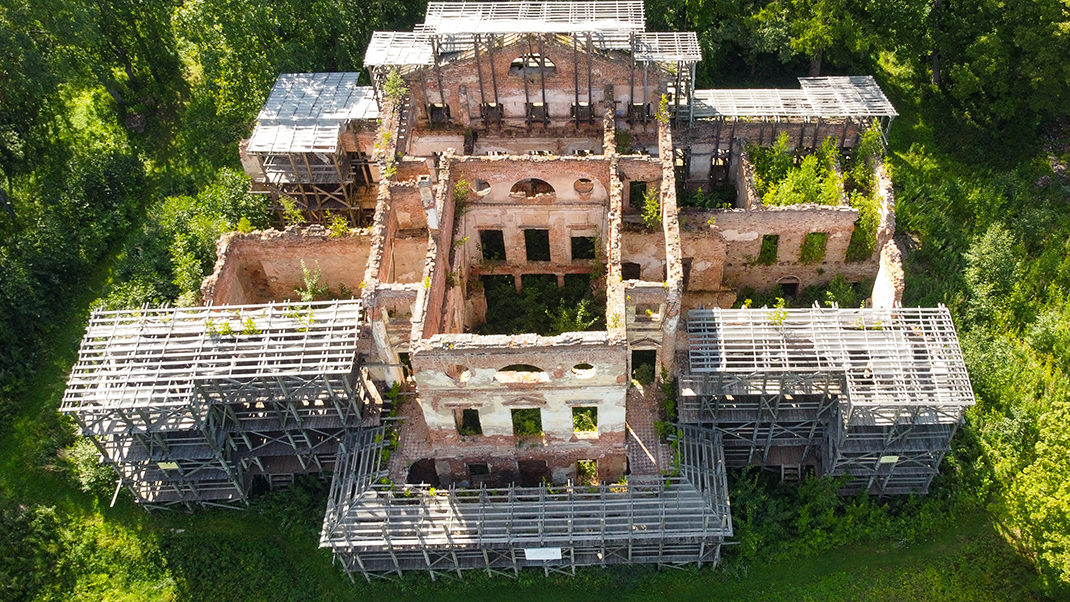
How to Get to Ropsha Palace
Ropsha is a village located 35 kilometers from the center of St. Petersburg in the Leningrad region.
We traveled here by bus No. 486 from the "Prospekt Veteranov" metro station. The fare was 75 rubles, and the journey took a little over an hour. On the way back, we took bus No. 481, which cost 40 rubles, and we were able to use the "Podorozhnik" card. The price difference is probably due to one route being in St. Petersburg and the other in the region. You can plan your trip in advance using tools like Yandex Maps.
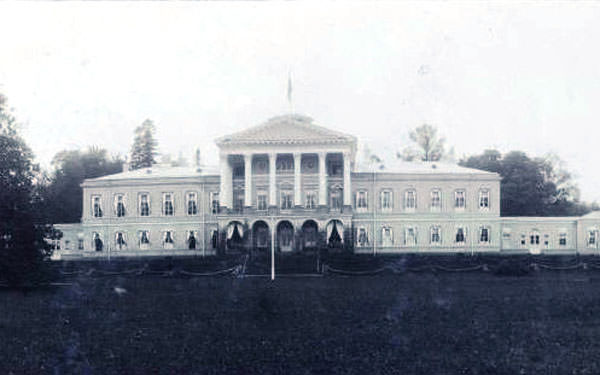
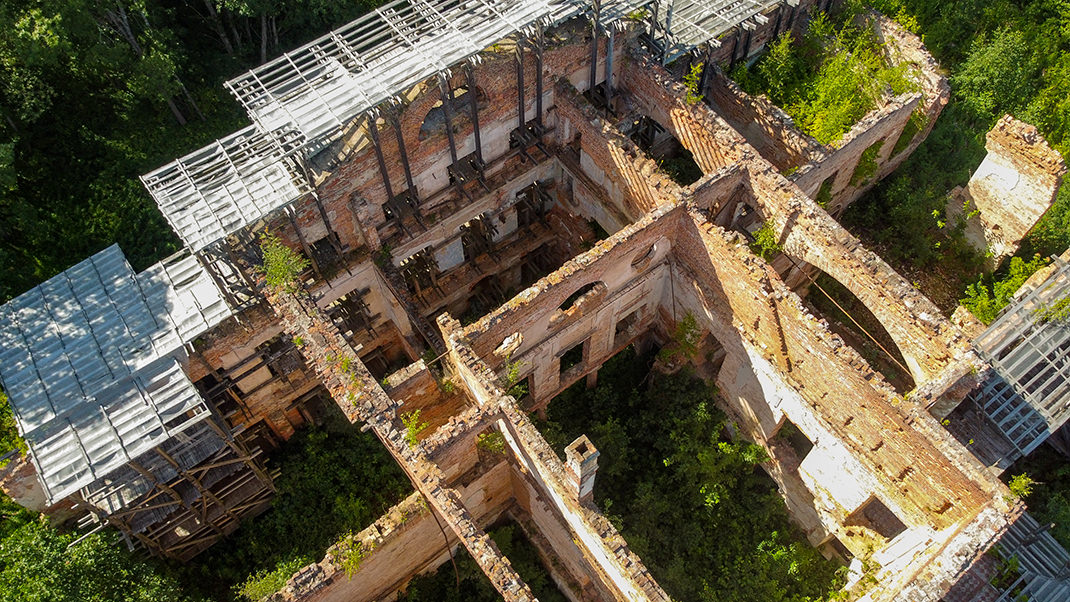
Currently, the territory of the semi-destroyed palace is fenced off, but one of the building's facades is clearly visible from the east side.
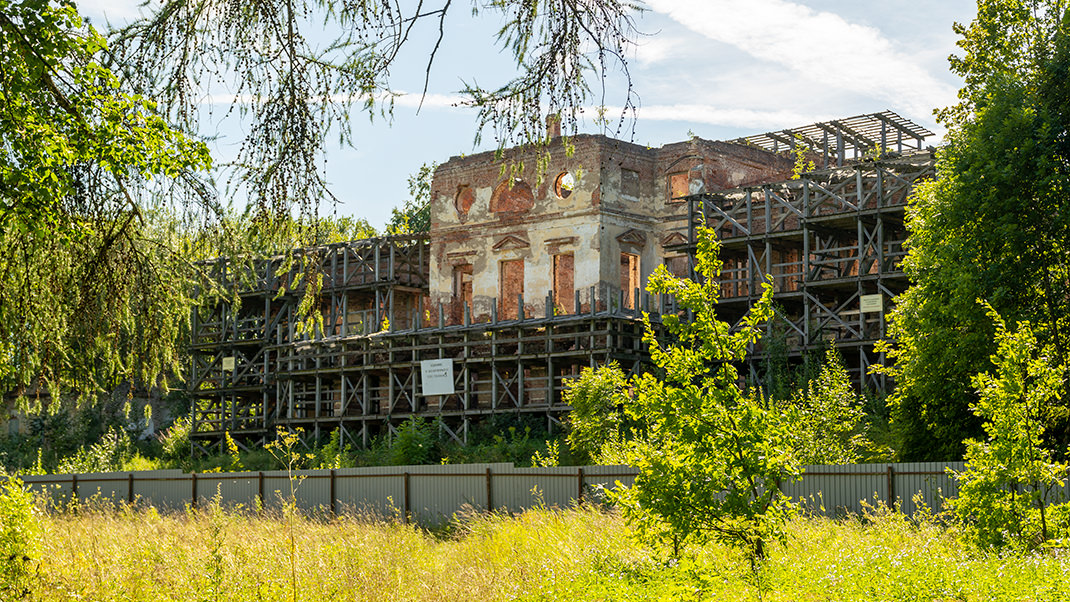
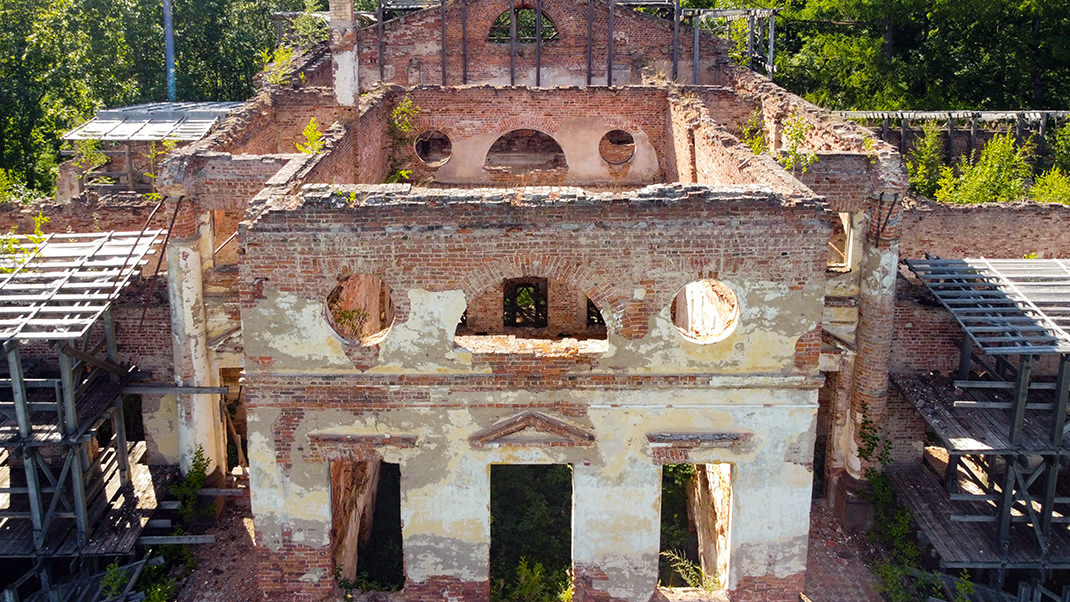
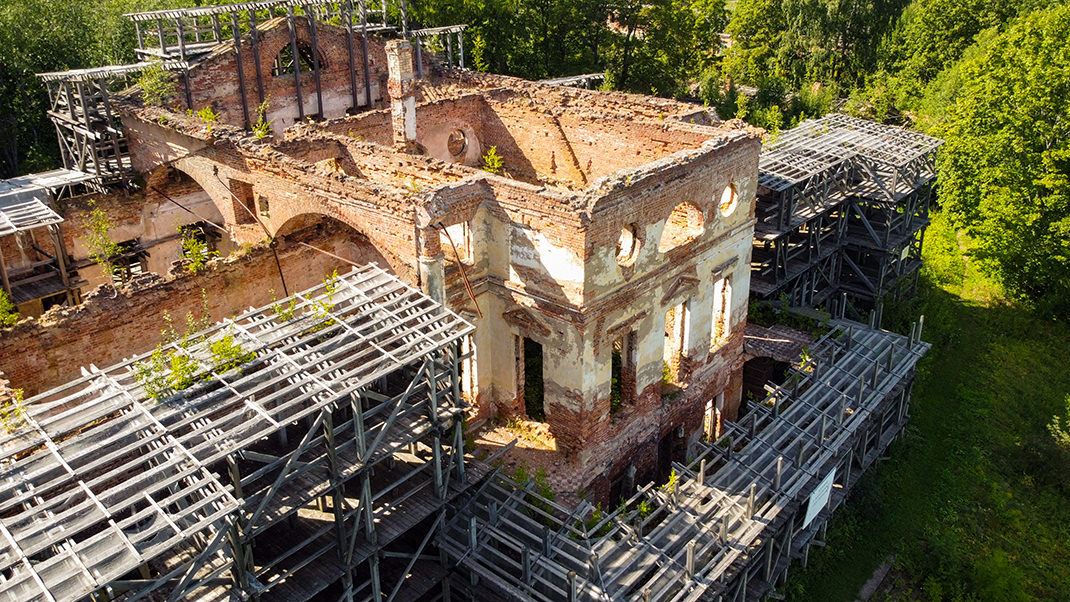
A Bit of History
The Ropsha Palace and park ensemble began to take shape during the time of Peter the Great. Initially, it was a small estate with a wooden house. In 1714, Ropsha passed into the possession of F. Yu. Romodanovsky, and later, M. G. Golovkin became the owner of the land. Near the wooden building, a new stone structure was built. The architect of this building was probably P. M. Yeropkin, known for designing the three-radiating system of St. Petersburg’s main streets from the Admiralty.
During the reign of Empress Elizabeth, Golovkin was exiled to Siberia, and the Ropsha estate became an imperial country residence. The Empress ordered the expansion of the existing stone mansion, with Francesco Bartolomeo Rastrelli overseeing these works. He also redesigned the estate’s park with ponds, bridges, and fountains.
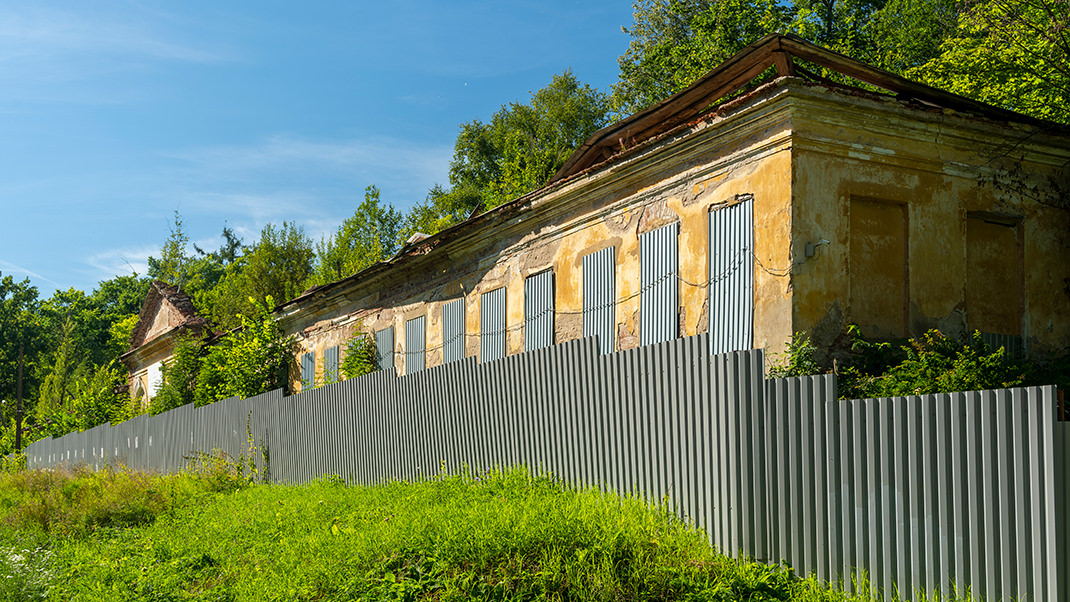
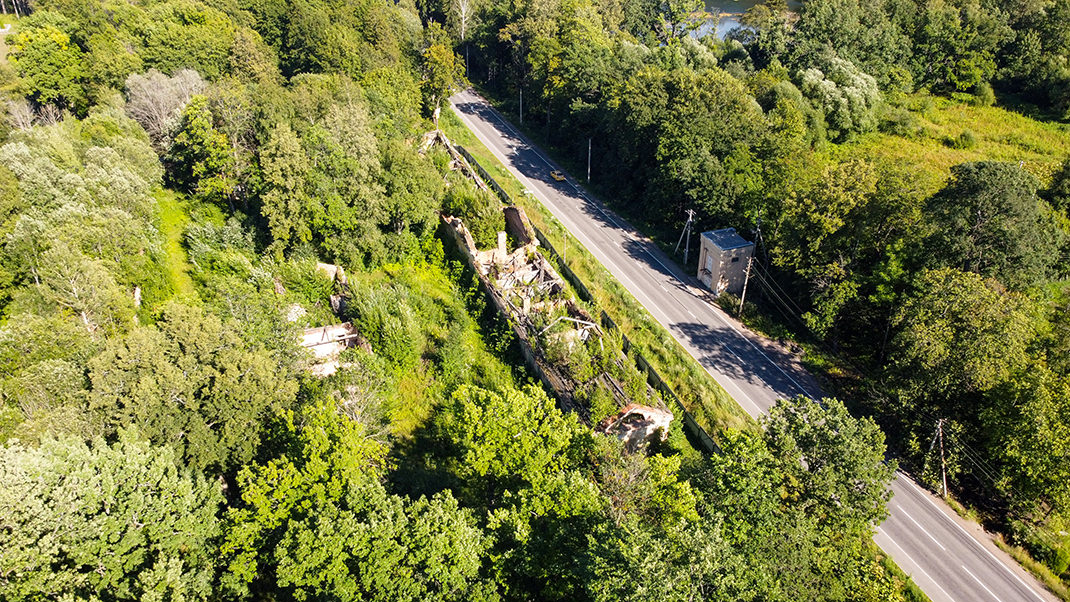
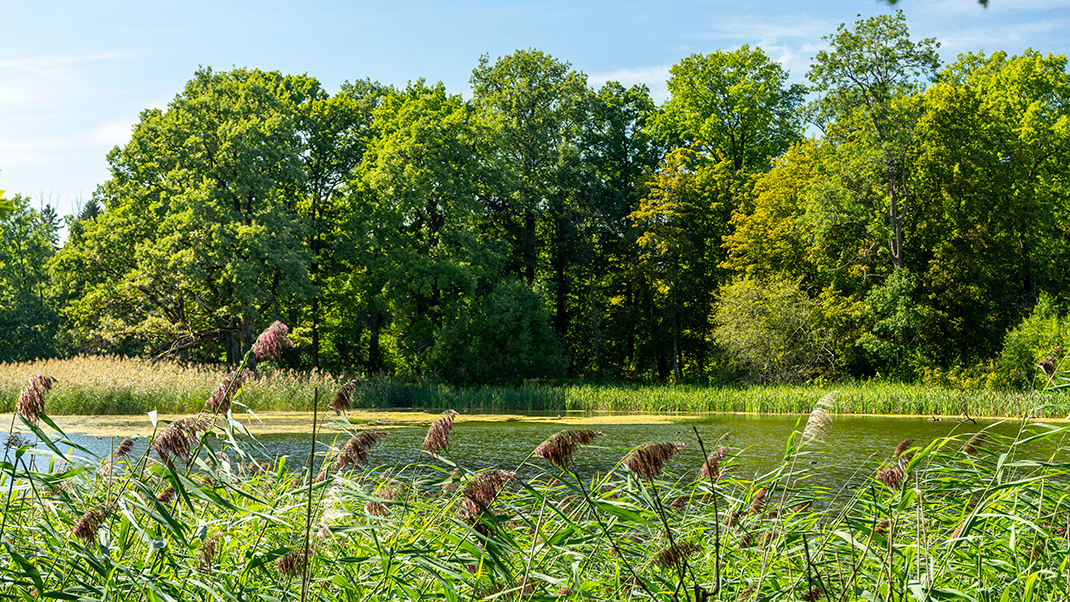
Shortly before her death, Elizabeth gave the estate to the future Emperor Peter III, and it was here that he would spend his final days. On the evening of June 28, 1762, the deposed ruler was escorted to Ropsha by a convoy led by A. G. Orlov. A few days later, Peter III died, officially from an attack of hemorrhoidal colic. The death of her husband, who could now be considered a political rival to Catherine, was certainly advantageous to the young empress, and rumors of her involvement in his demise spread immediately. However, no proof of Catherine’s participation in the death of her husband has ever been found.
In 1764, Catherine gave the estate to G. G. Orlov, the brother of the man who had guarded the emperor, as mentioned earlier in this account. During the final year of Emperor Paul I's reign, the Ropsha estate passed to him and once again became an imperial country and hunting residence.
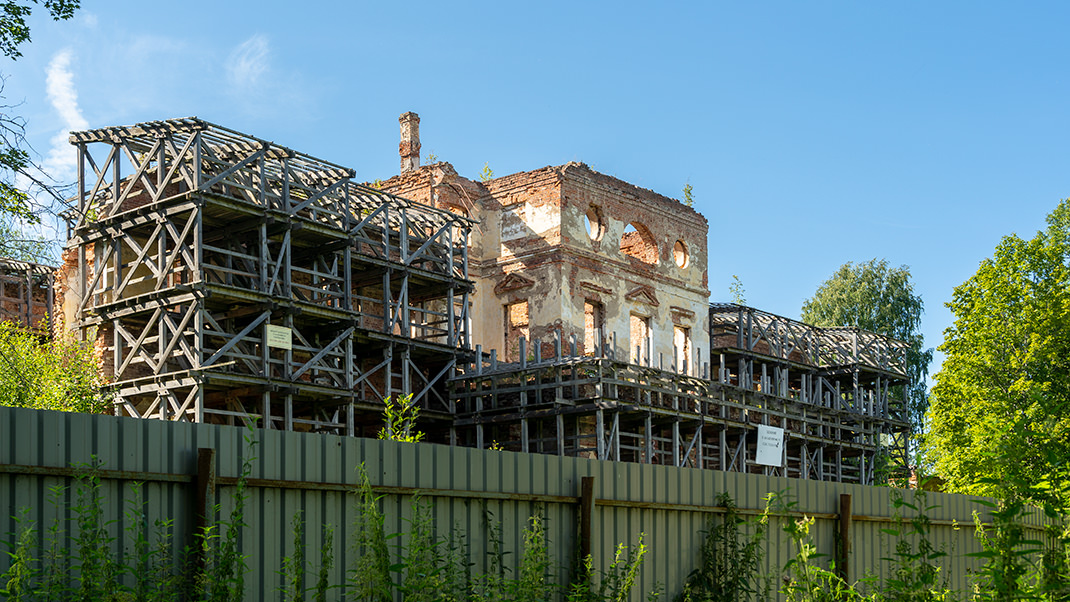
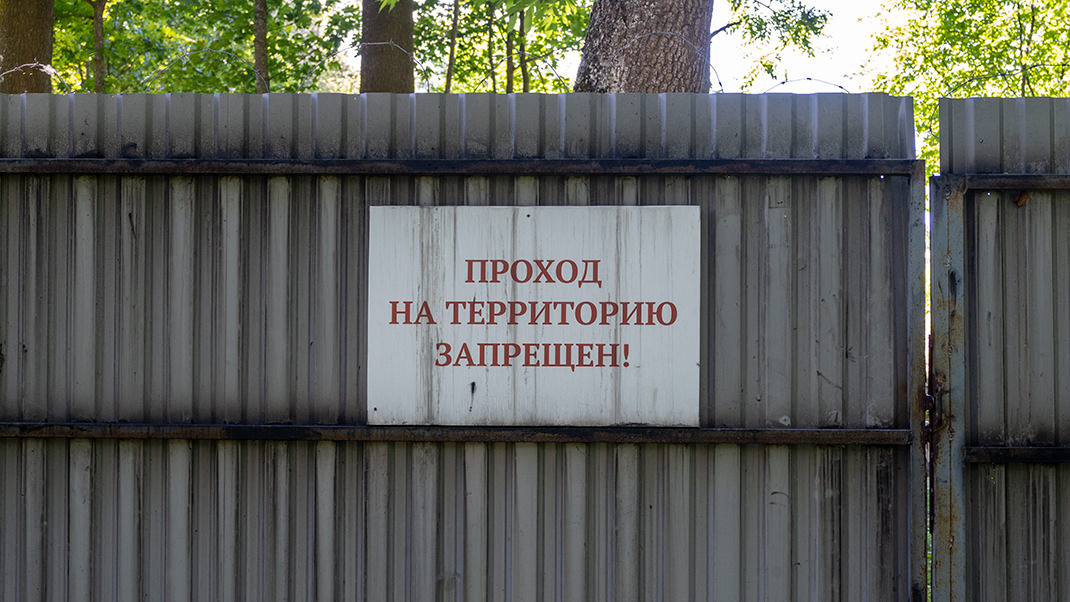
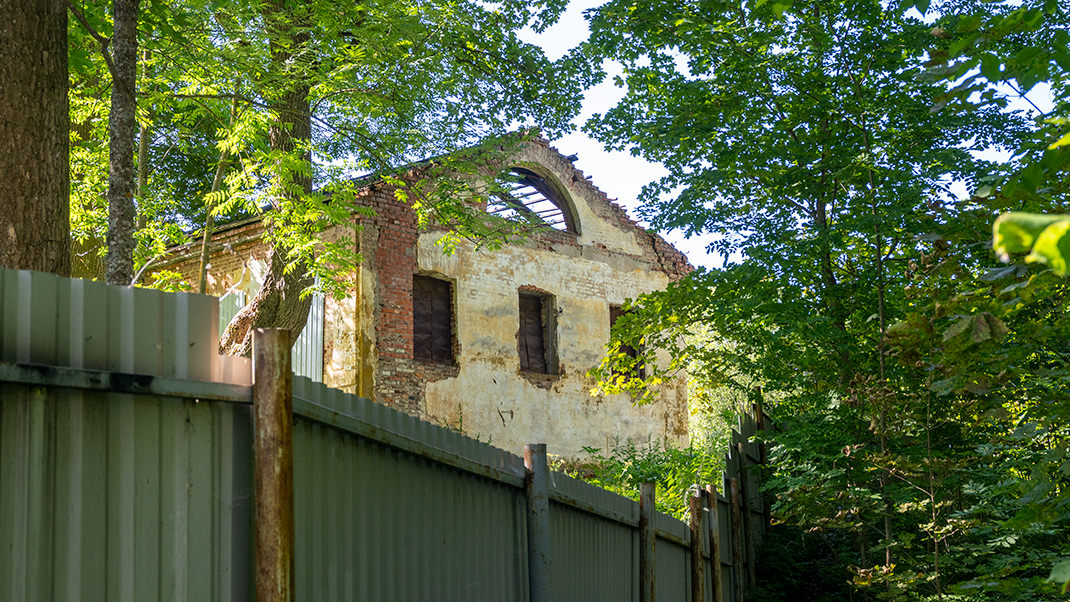
The palace was heavily damaged during World War II, and a fire in 1991 left it in a ruined state. Today, although the palace complex is considered an architectural monument, the building stands in a deplorable condition.
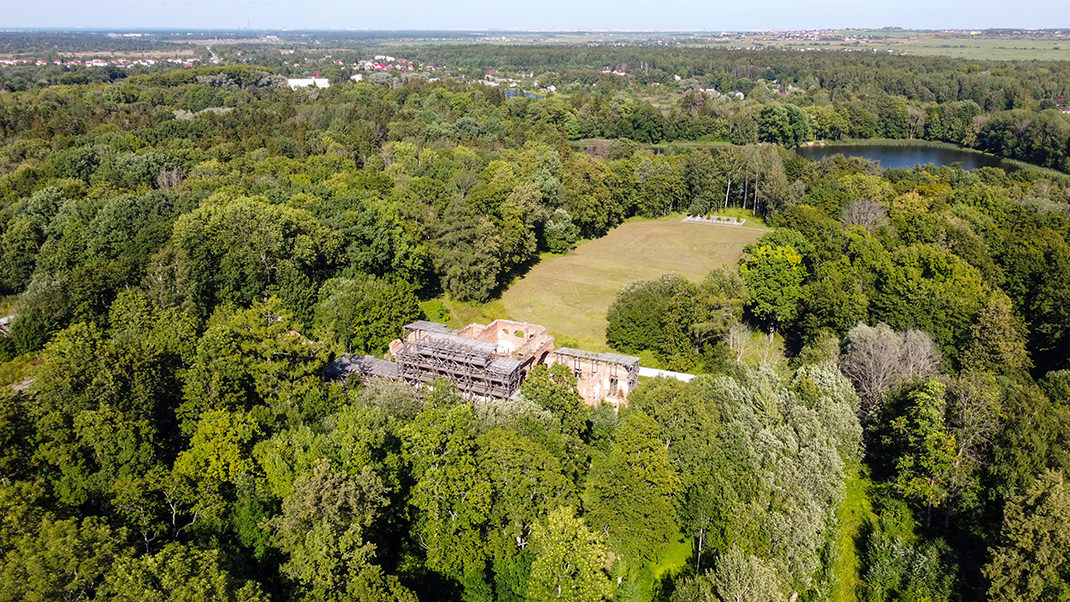
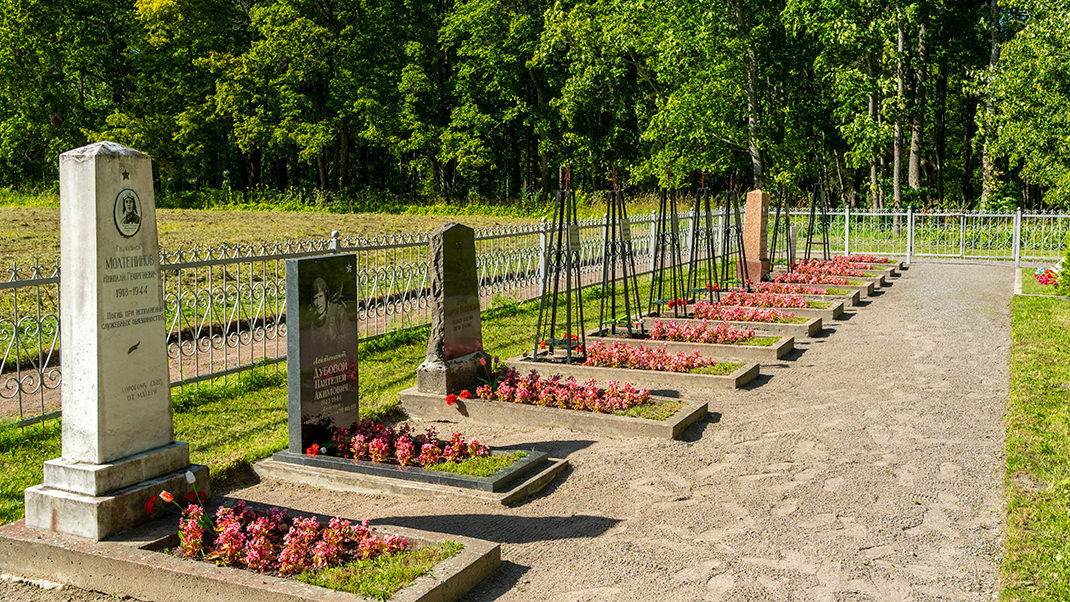
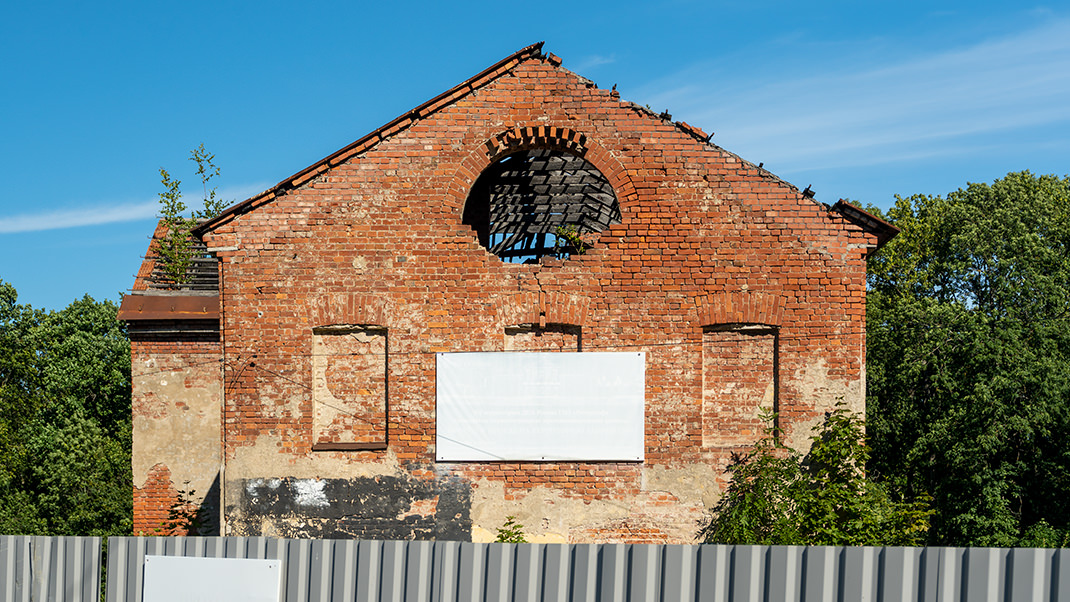
News reports over the years have mentioned plans to restore the palace, but there are currently no visible restoration works. The lack of interest in this residence may be due to the catastrophic damage to its structures and its distance from tourist routes.
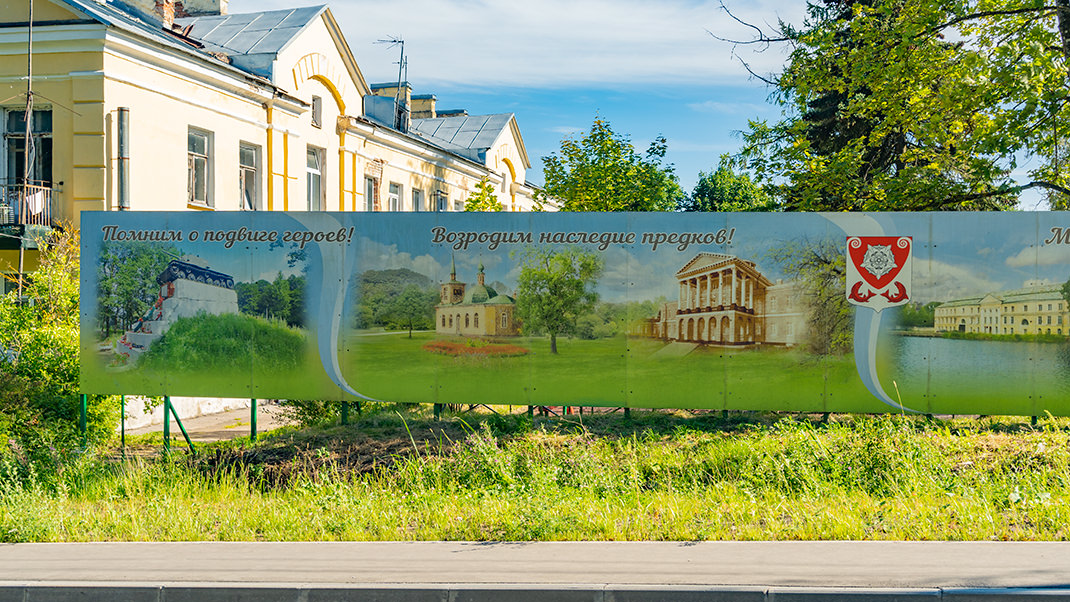
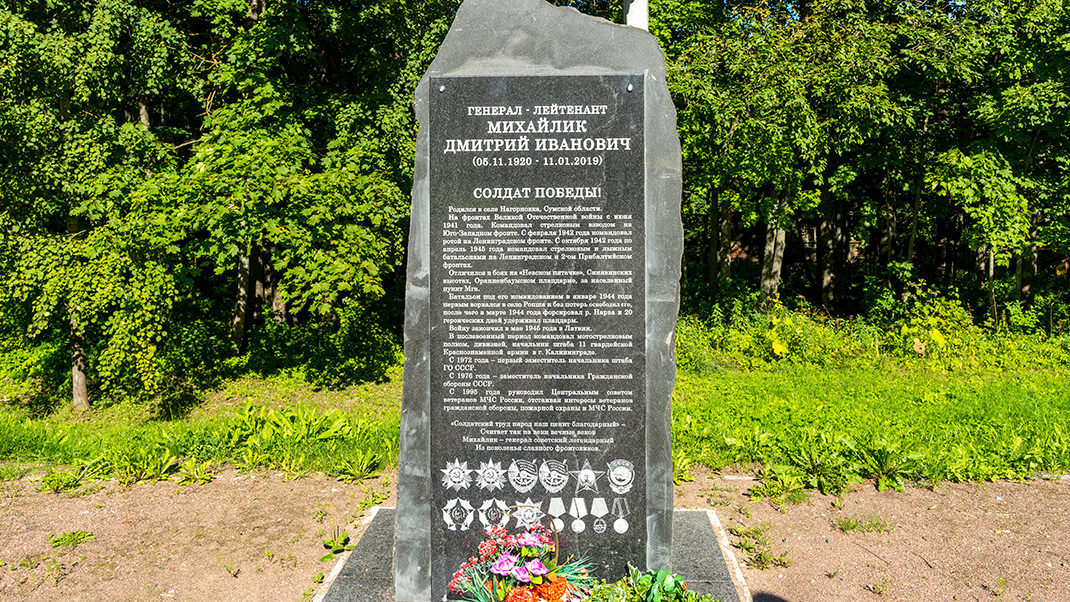
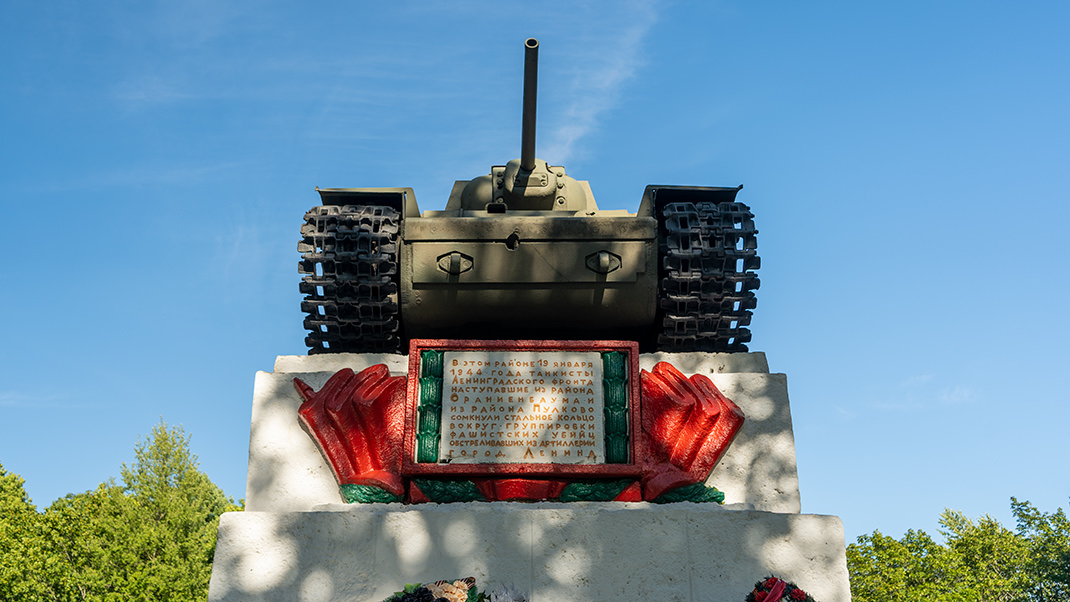
I should note that the Ropsha Palace is not the only such monument in this part of the Leningrad region: 14 kilometers from here is the semi-destroyed estate of Gostilitsy. I encourage you to read more about this unusual place.
Have a nice trip!


